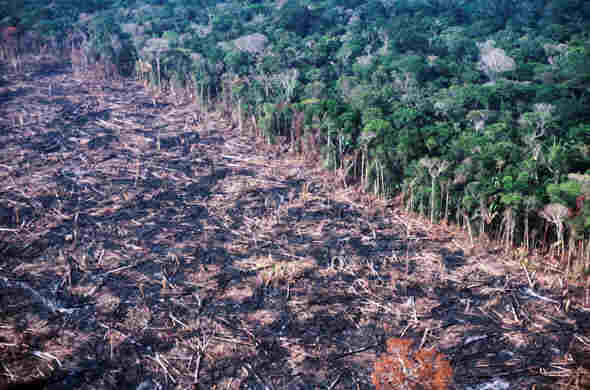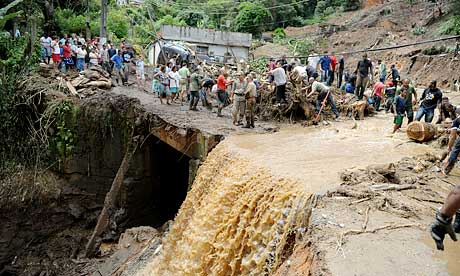"Free press usually means the right to publish, a right to confidentiality of sources, and a right to access."*
Freedom of the press is directly related to vehicles of media and published materials, where the freedom of communcation and expression is essential. Freedom is considered the absence of any kind of interference from the state. However, it is not only an individual liberty, but also an institutional one. It shows that despite the fact that State organizations should interfere, they have an obligation to protect this freedom.
Sir William Blackstone, Commentaries on the Laws of England (1765):
"Where blasphemous, immoral, treasonable, schismatical, seditious, or scandalous libels are punished by English law … the liberty of the press, properly understood, is by no means infringed or violated. The liberty of the press is indeed essential to the nature of a free state; but this consists in laying no previous restraints upon publication, and not in freedom from censure for criminal matter when published. Every freeman has undoubted right to lay what sentiments he pleases before the public; to forbid this is to destroy the freedom of the press: but if he publishes what is improper, mischievous, or illegal, he must take the consequences of his own temerity."

On Sunday, June 18, 1972, a small headline in the Washington Post said: "Five Held in Plot to Bug Democratic Offices Here". This entry told a story about a break-in inside the offices of the Democratic National Committe in the Watergate office complex in Washington. What may sound normal intrigued two young reporters, Carl Bernestein and Bob Woodward.
Right from the start, Woodward's notes shows that "police sources [said] that the men came from Miami, wore surgical gloves and carried thousands of dollars in cash. It was, said one source, 'a professional type operation.'"** Also, it was learned that the grand jury had sought testimony from two men who had worked in the Nixon White House, former CIA officer and former FBI agent.
After following the money leads and hearing unidentified sources, they were able to write an article that led to the first resignation of a U.S. President. The whole break-in was a plan to sabotage the Democratic's campaign, which President Nixon was full aware of.
Video:
"Former White House counsel John Dean tells the story to the Senate Watergate Committee, June 25, 1973."
http://www.washingtonpost.com/wp-dyn/content/video/2007/06/14/VI2007061401055.html
The question that remains about the Watergate scandal is: "What would have happened if there had not been a free press in the US?". The answer is simple: the population would never have discovered what Nixon's intentions were and what he was able to do as a President of the United States of America to get what he wanted.
In
Brazil, the most important media is television. The private sector owns the majority of this media landscape, while a public broadcasting company is struggling to gain popularity but gets some criticism due to its close ties with the government.
Print media is still not very popular. Considering a current population of 190 million people, we have a small amount of newspaper circulation, only 8.4 copies per day nationally.
Also, internet and mobile phones should be considered. “According to Ibope figures, in 2008, there were 63.2 million people aged 16 or older who had access to the internet. […] And the Brazilian Agency for Telecommunications estimate that there are 91.9 cellphones for every 100 inhabitants”.
Concerning media ownership, some legal issues still remain. “The case of José Sarney against O Estado de S. Paulo has not been solved yet and its ending may influence the course of similar cases in Brazil, potentially posing a threat to freedom of press in the country”.***
José Sarney is a Brazilian politician. He supported the "Revolution of 1964", a military coup which resulted in a military junta which ruled the country for 20 years. In April 1985, Sarney became President of the country after the elected Tancredo Neves died before being able to take office.
The newspaper The Economist publish a story called “Where dinosaurs still roam”:
"Mr Sarney may look like a throwback to an era of semi-feudal politics that still prevail in corners of Brazil and hold the rest of it back. But with the tacit support of Luiz Inácio Lula da Silva, the country’s left-of-centre President, he was this week chosen to preside over the Senate. It is the third time in his career that he has held this powerful job, which confers a degree of control over the government’s agenda and opportunities for patronage".****
In conclusion, it is simple to say that free press is a right of the population and it has to be taken care of. There is a saying: "don't believe in everything that you read", but if a population is unable to research things on their own, they need to be able to rely on media landscapes. For that reason, a media without government interference is essencial.
Bibliography:
*
http://faculty.ncwc.edu/mstevens/410/410lect09.htm
http://en.wikipedia.org/wiki/Freedom_of_the_press
**
http://www.washingtonpost.com/wp-srv/politics/special/watergate/
***
http://reutersinstitute.politics.ox.ac.uk/fileadmin/documents/Media_Landscapes/Brazil.pdf
http://en.wikipedia.org/wiki/Jos%C3%A9_Sarney
****http://www.economist.com/node/13062220















